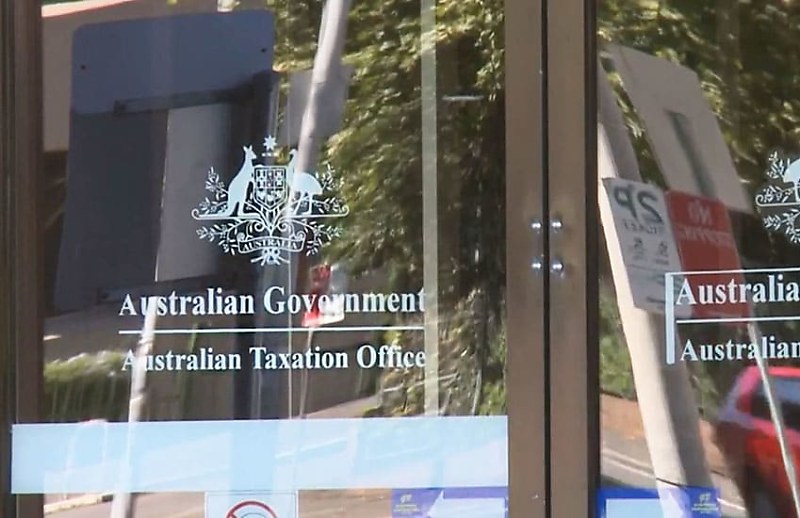ATO ramps up landlord data matching
RegulationThe Tax Office will receive data from 900,000 landlords to tighten compliance around rental bond income.

The ATO will acquire the personal details and rental bond information of 900,000 landlords, ramping up data-matching capabilities to catch those who fail to comply with rental tax obligations.
The ATO announced on Friday the data came from state and territory rental bond regulators and would be used specifically to tighten compliance around rental bond income.
“The Australian Taxation Office will acquire rental bond data from state and territory rental bond regulators bi-annually for the 2023-24 through to the 2025-26 financial years,” the ATO said.
“We estimate that records relating to approximately 900,000 properties will be obtained each financial year.”
The ATO said the data collected would help promote “voluntary compliance” by communicating how it used external and internal data to help taxpayers comply, and in turn, increase community confidence in the tax system’s integrity.
It said the program’s objectives included identifying properties producing income and individuals who may be failing to meet their lodgment, correct reporting or payment obligations, and helping the ATO take appropriate action such as compliance, education and assistance.
The underreporting of rental income, misapplication of CGT provisions and non-compliance with foreign investment laws were cited as common issues.
However, the latest tranche of data would specifically target compliance around rental bonds; the ATO said that while many landlords declared regular rental income in their tax returns, “any bond money they retain is often missed” and that their tax agents should be wary of the issue.
“If your clients have forgotten to tell you about any rent or bond money they have retained, lodge an amendment as soon as possible,” the ATO said.
The ATO said state and territory regulators had shared individual client details (names, addresses, email addresses, phone numbers, unique identifier for the landlord); landlord and managing agent identification details (business names, addresses, contact names, email addresses, phone numbers, unique identifier of the managing agent).
The data also included rental bond transaction details including the address of the rental property, period of lease, commencement of lease, expiration of lease, amount of rental bond held, number of weeks the rental bond is for, amount of rent payable, period of rental payments, type of dwelling, number of bedrooms and unique identifier of the rental property.
The data would be used in addition to existing third-party rental data obtained from property managers, banks, landlord insurers and “sharing economy providers”, with the ATO acquiring data from 1.7 million landlords from financial institutions, including the big four banks and mortgage providers in April 2023.
The ATO has estimated that the tax gap for rental property expenses was $1 billion or 14 per cent of the total individual tax gap.




